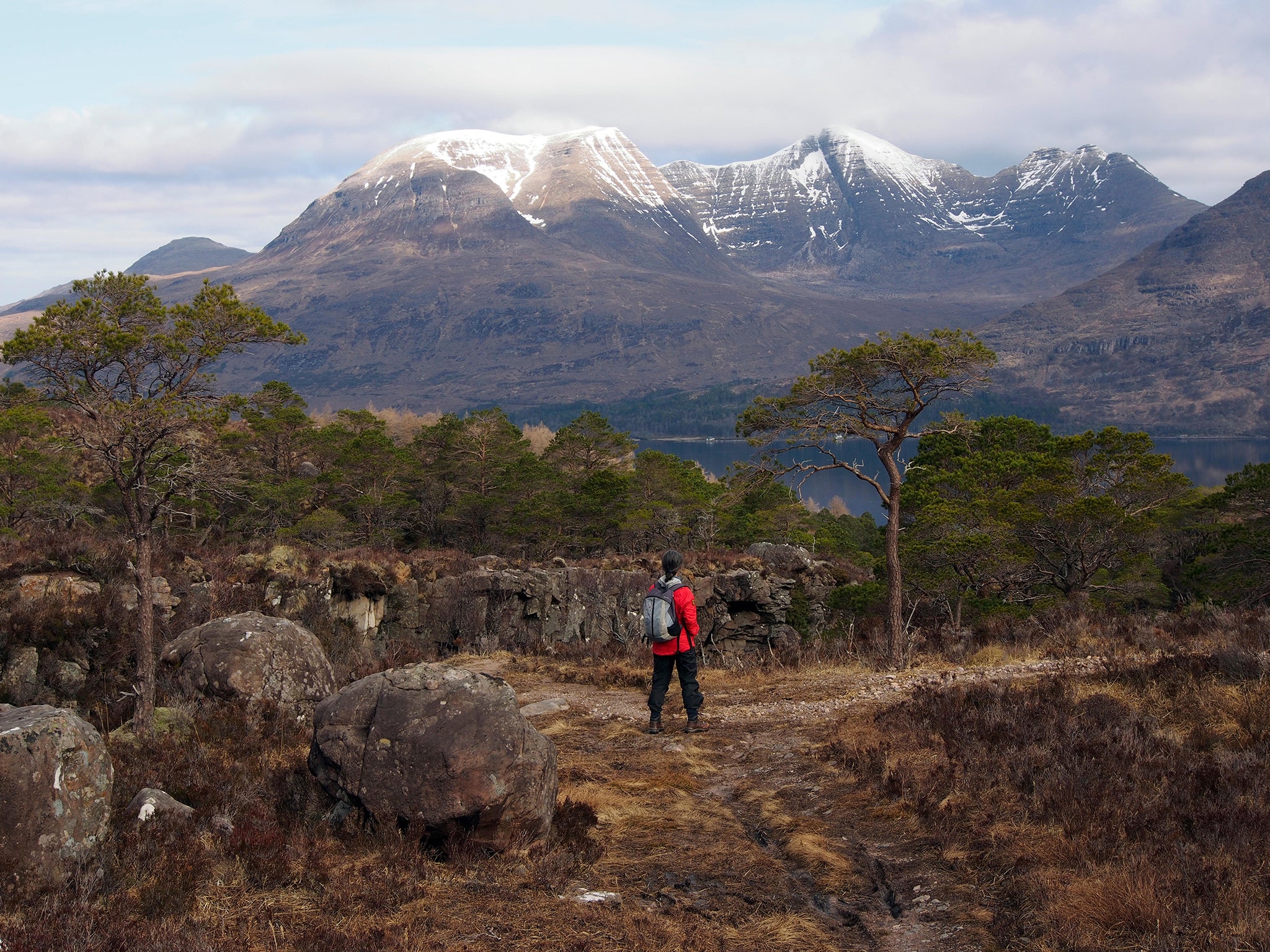You don’t have to travel the world to find wilderness
Obsessed with perfect paths and tucked away tracks, Will Gore recalls a remarkable view of nothingness in the latest in a series of reflections


I wasn’t a gap year kind of person – either before university or afterwards.
Those of my friends who did take a few months out returned with tales of the Americas, Down Under or the Far East. Some of them had the gut disorders to prove it. All agreed they had seen wondrous things which were worth the long journeys and the tapeworms.
In particular, there seemed to be a feeling that they had experienced unique natural wonders – and no doubt they had. But I often pondered on whether it was necessary to go half way round the world to find them.
Certainly there was a belief among many of my contemporaries that the landscapes of the British Isles were as nothing when compared to the secrets they had found in Thailand or Peru. They were wrong to underestimate their home turf though.
Oddly, I hadn’t been to Scotland at all until I was 22. I travelled on the sleeper train – the greatest way to travel – from London to Inverness, before driving with my parents across to the west coast.
We stayed in a cottage on the banks of Loch Torridon. It was mid-summer and real darkness descended only for an hour or two around midnight. I had never known silence like it.
On day two my father and I set off to tackle Beinn Alligin, the hulking mountain that lay menacingly behind and to the east of our holiday let. We left the hamlets of Lower Diabaig and Inveralligin behind us and ascended by the eastern limb of the peak, encumbered as it is by Alligin’s famous “horns”. These rocky pinnacles required a little joyous scrambling but nothing too tricky.
For Munro “baggers”, Beinn Alligin provides good value, its two peaks – Tom na Gruagaich and Sgùrr Mhòr – both rising above 3,000 feet (914.4 metres for the metrically minded), separated by a dramatic gully, Eag Dubh, that looks as if it was sliced from the mountainside by a giant with vendetta and a sword.
For those five miles, the world went on but obvious signs of civilisation came to an abrupt end. The canvas laid out there was at once both blank and full to bursting.
One of the great joys of climbing a mountain is discovering (weather permitting) what lies on the other side. I suppose I had expected to see to the north of Beinn Alligin more small villages, perhaps a few roads winding their way through valleys. But as we reached the cairn at the top of Sgùrr Mhòr and surveyed the view I saw nothing manmade ahead of me whatsoever. There were lochs and lochans; mountains and hills; streams and rivers. A few trees dotted the valleys, amongst the grass and heather.
There was, I saw from a glance at the map, a road somewhere in front of us – but it was well over five miles away and not visible beyond the high peaks that lay between us and it.
For those five miles, the world went on but obvious signs of civilisation came to an abrupt end. The canvas laid out there was at once both blank and full to bursting. It was a moment of revelatory elation.
Modern technology and infrastructure has opened the world for travellers. It no longer requires great intrepidness or endurance to visit the earth’s natural treasures. But nor is it necessary to go all that far to find true wilderness – you simply need to know where to look.
Join our commenting forum
Join thought-provoking conversations, follow other Independent readers and see their replies
0Comments